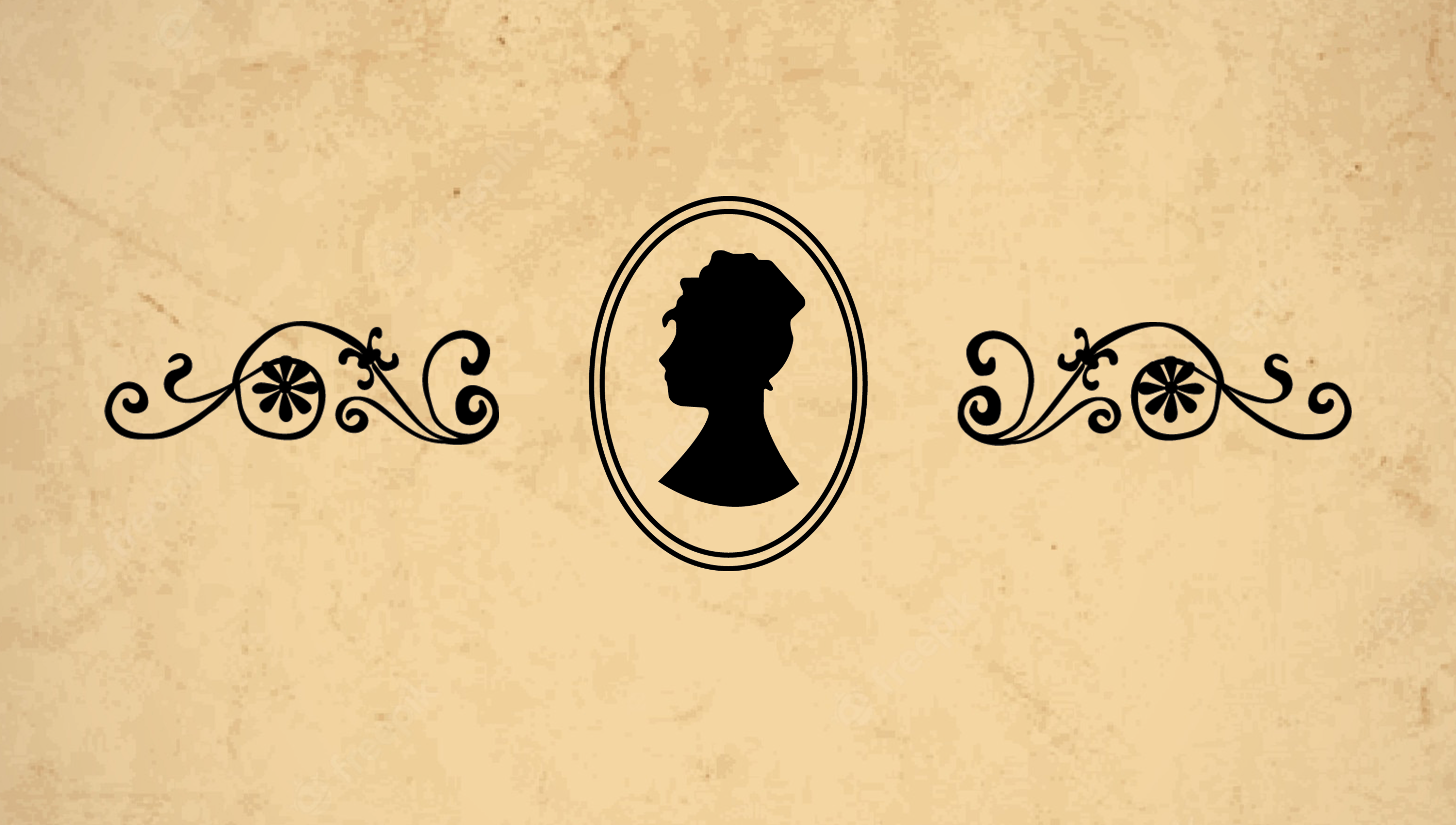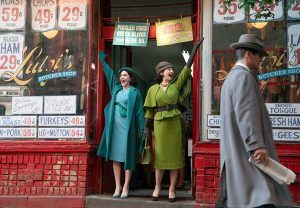I love the tension of a good slow-burn, enemies-to-lovers romance. The thrill of the little moments when two characters begin to realize their true feelings for one another is electrifying. There are no words to describe the sensation of, say, watching Darcy (Matthew Macfadyen) clench his hand after helping Elizabeth (Keira Knightley) get into a carriage in Pride and Prejudice (2005). These split-seconds make the ultimate resolution (when Darcy and Elizabeth finally get over their pride and prejudice, respectively) that much more meaningful, because we have witnessed their relationship gradually evolve over time.
Yet in its second season, Bridgerton, which ostensibly continues Pride and Prejudice’s Regency-era legacy, fails to deliver this satisfying progression. Rather than offering viewers subtle glimpses of chemistry between protagonists Anthony Bridgerton (Jonathan Bailey) and Kate Sharma (Simone Ashley), the show stumbles through an overly drawn-out, clumsily-executed romance. This lack of subtlety pervades the season: Besides successfully incorporating Indian culture, the show’s commentary on social issues is equally heavy-handed. Bridgerton spread itself too thin, focusing on too many storylines at once and ultimately failing to do any of them justice.
This season, the show centers around Anthony—the eldest Bridgerton—and his quest to find a wife. When the Sharma family moves to Mayfair and enters the ruthless marriage market, the queen grants the younger sister, Edwina Sharma (Charithra Chandran), the coveted title of “diamond of the season.” Anthony, meanwhile, takes a methodical approach to identifying a perfect future viscountess based on a rigid list of criteria; thus, it is no surprise that he sets his sights on Edwina. But it is also no surprise that he ends up developing feelings for Edwina’s feisty and protective older sister Kate, leading to a messy love triangle that takes forever to untangle.
In the meantime, we are treated to cringey scenes of Anthony using as many of his physical senses as possible to get closer to Kate, including smelling her anytime she is in his vicinity, making painfully conspicuous eye contact with her, and touching her at every socially acceptable (and occasionally, unacceptable) opportunity. Sometimes the show does incorporate seemingly subtler, Pride and Prejudice-esque moments, like when the camera focuses on Kate and Anthony nearly brushing hands. Yet instead of building tension and developing their clearly forbidden relationship, these exchanges feel overdone and repetitive, particularly because the arc takes at least seven of the season’s eight episodes to reach any semblance of resolution.
There is no will-they-or-won’t-they dynamic—the show makes it so clear that Kate and Anthony will somehow end up together that the specific situations that bring them together and then keep them apart feel contrived, like when they miraculously trip and get stuck in the mud on top of one another while playing a lawn game. For much of the season, Kate and Anthony’s relationship feels formulaic: They have a random interaction, then spend scene after scene discussing how they actually can’t act on their feelings due to the obstacle of Edwina, all the while showcasing neither emotional development nor plot progression.
Despite this poorly executed romance, the addition of the Sharma family this season is a welcome one on the whole. Kate, Edwina, and their mother, Lady Mary (Shelley Conn), move to Mayfair from India, and the show successfully celebrates their background without making it a focal point. Their dresses and signature gold jewelry allude to Indian fabrics and fashion. We watch Kate make a traditional elaichi tea and later give a coconut oil hair massage to Edwina, who calls Kate didi—Hindi for “older sister.” The soundtrack even includes an instrumental cover of the Bollywood song “Kabhi Khushi Kabhie Gham.” These instances subtly showcase the Sharmas’ Indian culture without falling prey to the exoticization and overemphasis that have befallen other shows.
However, the show also follows nearly half a dozen other storylines, and none of them are developed with the same finesse. Bridgerton insists on addressing issues of gender and opportunity in this semi-fictitious 19th century society, but has no faith in the viewer’s ability to connect the dots and arrive at its desired (and relatively straightforward) conclusions. For instance, as suspicion mounts around Penelope Featherington (Nicola Coughlan), who writes the anonymous gossip column Lady Whistledown, she joins forces with dressmaker Madame Delacroix (Kathryn Drysdale). This collaboration is clearly unique in a world where few women run enterprises, yet the show feels the need to fully lay out this dynamic through unnecessarily overt dialogue.
Penelope’s mother, Lady Featherington (Polly Walker), has a #girlboss moment in the final episode when she defends her daughters and walks away from the crooked, scheming Lord Featherington (Rupert Young), but her explicit articulation of her duties as a mother in her society takes away from the magnitude of the situation by shoving it in our faces. Meanwhile, Eloise Bridgerton (Claudia Jessie), who really wants you to know that she is Not Like Other Girls, spends the whole season feeling trapped by restrictive social norms. While Eloise actually had potential for an interesting story arc through her discovery of the underground world of radical feminism, the character is inadequately developed and largely uncompelling.
Bridgerton follows the series of books by Julia Quinn, meaning that each season centers around the journey of a different Bridgerton sibling. With this structure, the show feels the need to keep each character warm until their season arrives, and that translates to a lot of directionless, vague background storylines in the meantime. Colin (Luke Newton) and Benedict (Luke Thompson) Bridgerton take up valuable airtime with various side plots that don’t amount to anything significant by the end of the season, while Daphne (Phoebe Dynevor), the star of season one, flits in and out as a one-dimensional plot device to clue viewers into the already patently obvious tension between Kate and Anthony. Season two’s lack of focus limits the airtime given to each plot, necessitating heavy-handed storytelling to keep the narrative progressing. Ultimately, Bridgerton dropped the ball on this juggling act. Its overemphasis on the adventures of side characters took away from the central story of Kate and Anthony, failing to lead to particularly interesting outcomes for anyone involved.
With two Bridgerton siblings happily married off and six to go, the show’s next season will shift its focus to Benedict. One can only hope that his inevitable slow burn won’t fizzle out.





